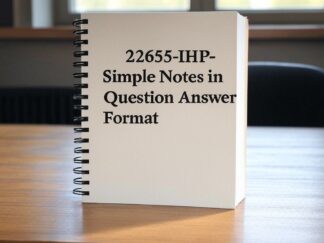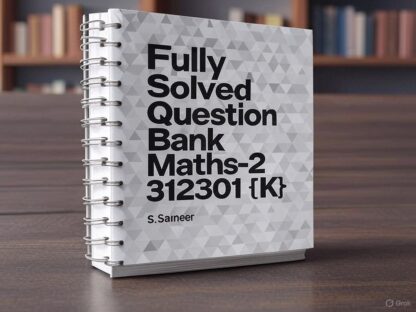Exam Oriented Study material Pdf
Showing all 2 results
-

22655-IHP-Simple Notes in Question answer Format
Sale! Original price was: ₹149.00.₹99.00Current price is: ₹99.00. Add to cart -

312301 Maths-2 | Fully Solved Question Bank PDF | MSBTE Diploma – 2nd Sem All branches
Sale! Original price was: ₹149.00.₹99.00Current price is: ₹99.00. Add to cart
Showing all 2 results